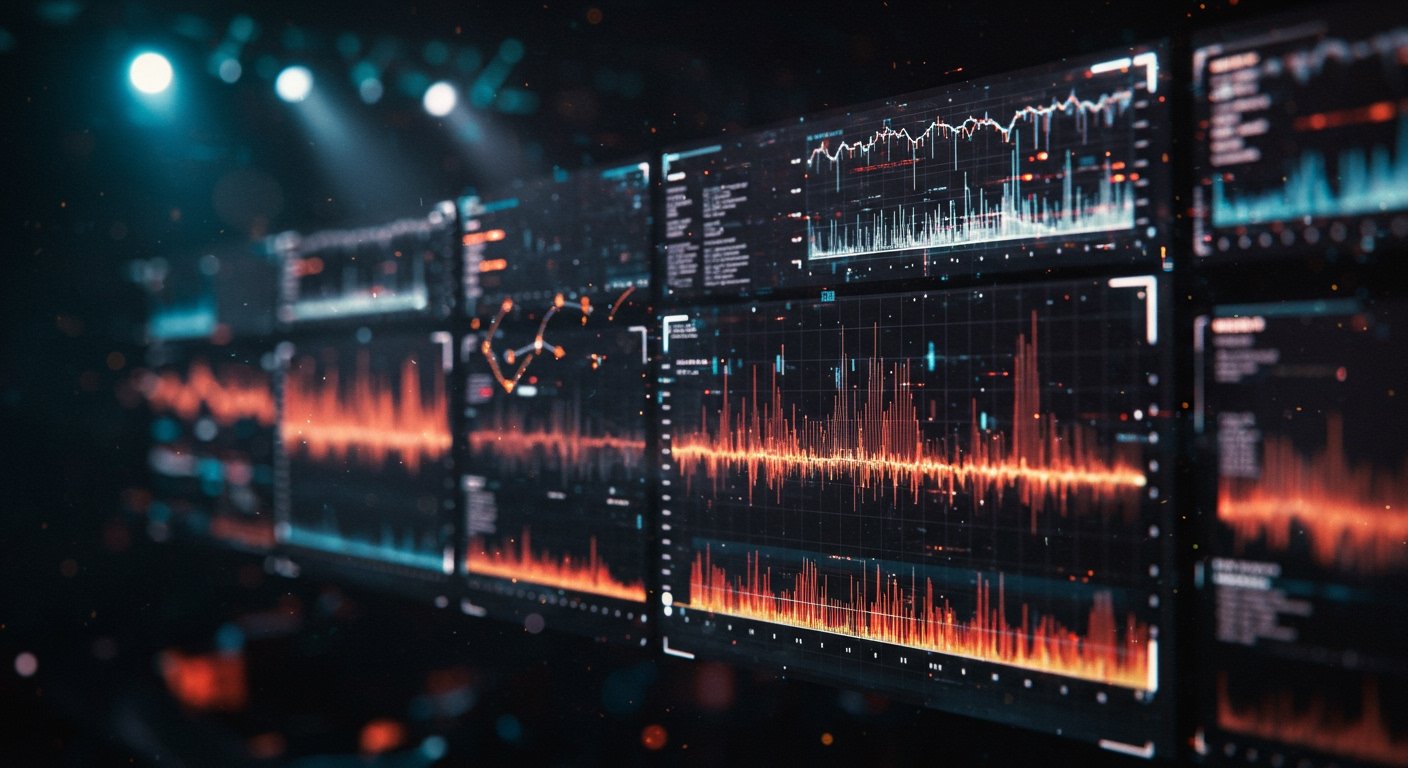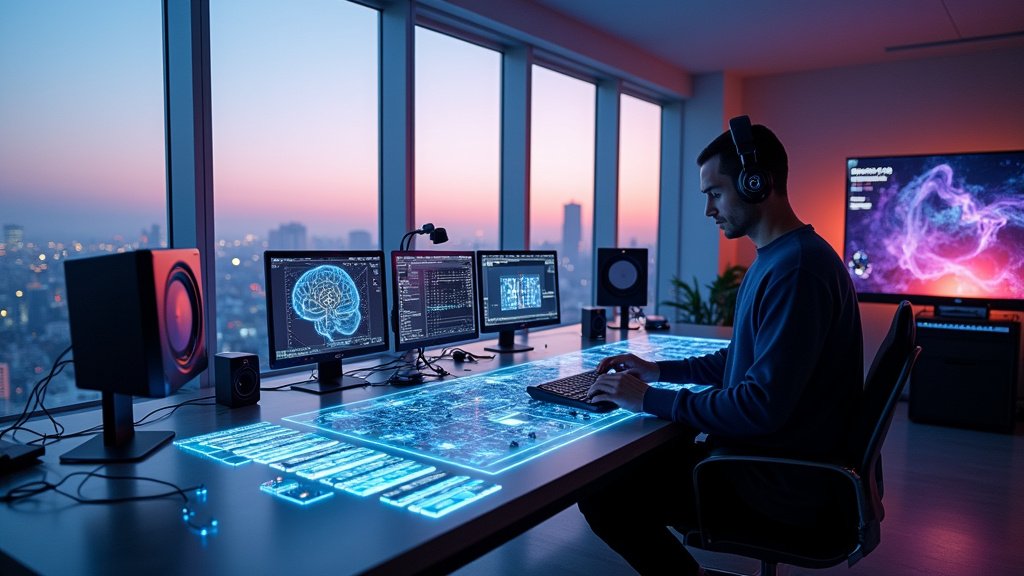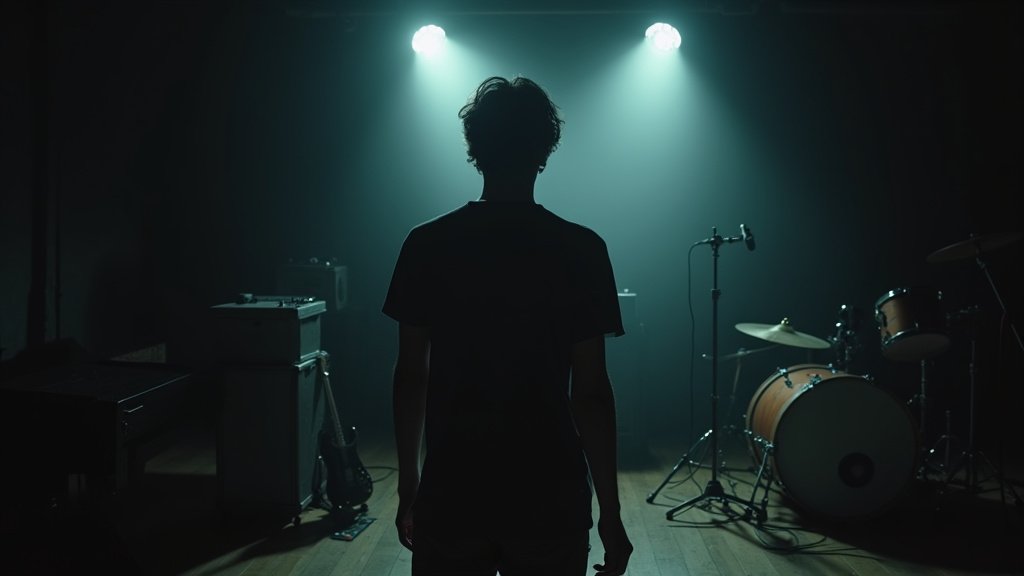The global music industry is rapidly implementing new strategies and technologies to address the proliferation of artificial intelligence-generated songs, a response significantly accelerated by instances of viral AI-created content.
A pivotal moment arrived in 2023 with the unexpected viral success of a fake duet between acclaimed artists Drake and The Weeknd, titled “Heart on My Sleeve.” The track, which convincingly mimicked the artists’ voices using AI, quickly garnered millions of streams across various platforms, highlighting both the creative potential and the disruptive challenges posed by synthetic audio.
Industry Shifts Strategy Towards Detection and Management
In the wake of such incidents, major music companies and technology platforms are moving beyond simple content takedowns. The focus is shifting towards developing sophisticated tools and infrastructure for detecting synthetic content throughout the entire music lifecycle. This includes identifying AI elements at the stages of training data, upload, and distribution.
Initial efforts are centered on identifying and tagging AI-generated components within tracks. Parallel initiatives aim to establish mechanisms requiring explicit artist consent before their work can be used to train AI models, thereby addressing unauthorized use at the source.
The overarching strategy signifies a fundamental shift: from reactive removal to proactive tracking and potential licensing models for AI-assisted or generated music.
Platforms Implement New Safeguards
Leading digital music platforms are integrating AI detection capabilities directly into their operational workflows. Platforms such as YouTube and Deezer are now incorporating systems to flag audio content identified as AI-generated during the upload process.
Furthermore, these platforms are modifying how such flagged content is presented to users, potentially affecting its appearance in search results or inclusion in curated recommendations.
Aurélien Hérault, Chief Innovation Officer at Deezer, shared striking statistics highlighting the scale of the challenge. He noted that a significant 20% of daily uploads on the Deezer platform are currently identified as being entirely AI-generated. Hérault expressed concern that a substantial portion of this content is being uploaded not for genuine creative expression, but rather for the purpose of platform exploitation, such as manipulating stream counts or gaming recommendation algorithms.
Technological Innovation in AI Detection
The technological infrastructure required for effective AI detection is rapidly evolving, spurred by both established tech companies and innovative startups.
Companies like Vermillio and Musical AI are at the forefront of developing specialized tools designed to detect and tag synthetic components, particularly at the metadata level. This involves embedding information within the digital audio file itself or its associated data that signifies its AI origin or composition.
Matt Adell, cofounder of Musical AI, underscored the critical need for this technological integration. He emphasized the necessity of building robust AI detection capabilities into the industry’s core infrastructure, advocating for systems that can track and verify content authenticity from the initial training phase all the way through to final distribution on consumer platforms.
The Path Forward: Collaboration and Standards
The challenge of managing AI-generated music requires collaboration across the music ecosystem, involving artists, labels, publishers, distributors, and platforms. Developing industry-wide standards for identifying, tagging, and potentially compensating for AI-assisted creations is seen as a crucial next step.
While the rise of sophisticated AI tools presents unprecedented challenges to intellectual property and authentic artistry, the industry’s rapid pivot towards comprehensive detection and management frameworks signals a determined effort to adapt and establish clear guidelines for the future of music creation and consumption in the age of artificial intelligence.





